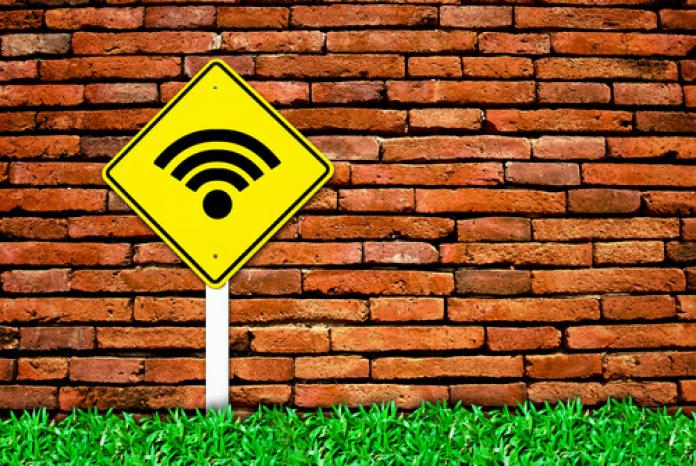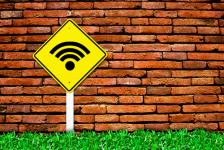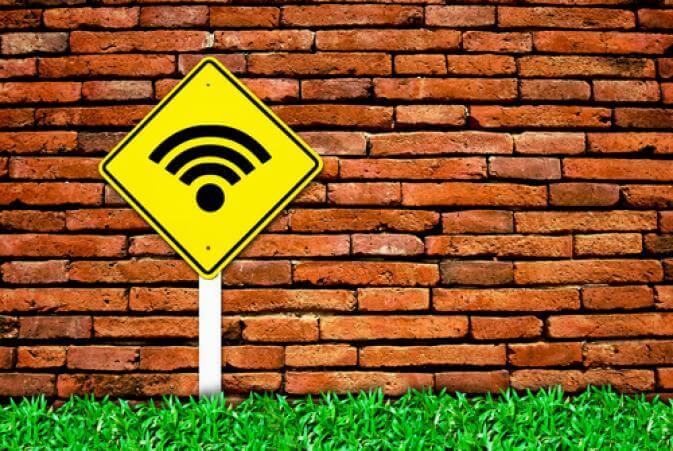The Dangers of Unsecured Wifi Hotspots
Learn Tech Talker’s do’s and don’ts of surfing public internet networks. Plus—how to protect your identity and personal information on WiFi.
Earlier I talked about /tech/gadgets/how-to-travel-with-electronics. In that episode, I mentioned that connecting to an unsecured or unofficial WiFi network at the airport is a really bad idea. There are many reasons you wouldn’t want to do this and today I’ll explain why.
Types of Wireless Networks
Let’s look at what an unsecured network is. Generally you can call a network “unsecure” if there is no password or login credentials needed to access it. You just get on and surf the internet. These types of networks can still be found in many places, but in recent years the trend has been towards security (thank goodness).
Find out if you’ve mastered all you need to know about WiFi networks by taking the Tech Talker Quiz.
There are generally two types of WiFi networks you can access: ad-hoc networks and traditional access point networks. Ad-hoc networks connect devices directly to one another, while traditional networks connect devices to a central router. So, for example, you can connect two laptops or your laptop and your phone together without the need for a router or any other hardware. This would create an ad-hoc network. This is different from a traditional access point network where each device connects to a router.
So that “free public WiFi” /tech/gadgets/how-to-travel-with-electronics is actually an ad-hoc network that was probably started as a prank long ago but still persists to this day. Basically, when you try to connect to this network, you are actually connecting to another computer. And when you connect to this computer, your computer will then also be set up to broadcast the “free public WiFi” network to other devices around you, essentially allowing access to all your private data to anyone within range. Bad idea!
This is just one specific scenario of why you shouldn’t connect to an unknown network. Now, let’s dig into a few more serious reasons:
Why You Shouldn’t Connect to Unsecure Networks
Say you’re sitting in a coffee shop and decide you want to check your Facebook page and your email to kill some time. You scan the available networks and see one that’s open and unsecured. You connect and start surfing. Coffee and free WiFi, what could be better, right? Wrong! A hacker is also fond of coffee shops and he is located within range of the router you connected to. He’s waiting for one or more people to connect to the network so he can start a man in the middle attack. Within a few minutes, he could gain access to all your passwords, including bank accounts, emails, and anything else.
Here’s a really easy way to visualize this:
Imagine you’re mailing a letter. You put that letter in your mailbox and then the mailman picks up the letter and delivers it to the addressee. A man in the middle attack is when an unauthorized person, not employed by the post office, intercepts the letter before the mailman arrives to pick it up. This person could read the letter and even make changes to its contents before they put it back into the mailbox.
This is exactly what happens in unsecured networks (only digitally). The hacker can get in and see your passwords, messages, and any other activity as it goes over the network to the internet. As you can imagine, it could be horrible if the hacker got access to your bank accounts and email. It would be especially bad if you used the same /tech/computers/how-to-create-and-manage-strong-passwords for everything!
Unfortunately, this type of scenario is pretty common and can cause you a huge headache down the road.
How to Prevent WiFi Crime
So what are some ways you can prevent this? Well for one, you can use a secured network that encrypts all of your data. This will make sure that your data is safe and scrambled as it travels between you and the “mailbox.” So if a hacker were to intercept your message, they would see nothing but scrambled letters. Of course, no security is 100% safe, but this encryption will help a ton.
Another thing to look for when you’re going wireless on an unknown network is that it says “https” on the address bar of your web browser. This “s” on the end of the “http” indicates SSL or secure socket layer, which means that your data is encrypted between your computer and the website you’re surfing. This is an extra layer of security that will help keep your data safe, and on most major web sites it is normally enabled by default.
If you are now super paranoid about surfing the internet away from home, I would look into setting up a VPN. This is a pretty advanced topic, perfect for another episode of https://techtalker.quickanddirtytips.com/. So for now, check out this https://lifehacker.com/201786/geek-to-live–create-your-own-virtual-private-network-with-hamachi if you want to do some more research yourself. And check back next week for more about VPN!
So here are your 4 Quick and Dirty Tips for connecting to unfamiliar wireless networks:
-
Save really important tasks such as online banking for home.
-
Try not to connect to any “public” or “unsecured” networks. If you absolutely need access to the internet, pay a few bucks for the secure option..
-
When on a WiFi network, look for websites that have “https” in the address bar.
-
If you really want maximum security, use a VPN.
Hopefully you will put these tips into practice to keep your information safe. If you have any questions about internet security or just want more info, head on over to the https://www.facebook.com/qdttechtalker page.
Until next time, I’m the https://techtalker.quickanddirtytips.com/, keeping technology simple!
Wifi sign photo from Shutterstock




